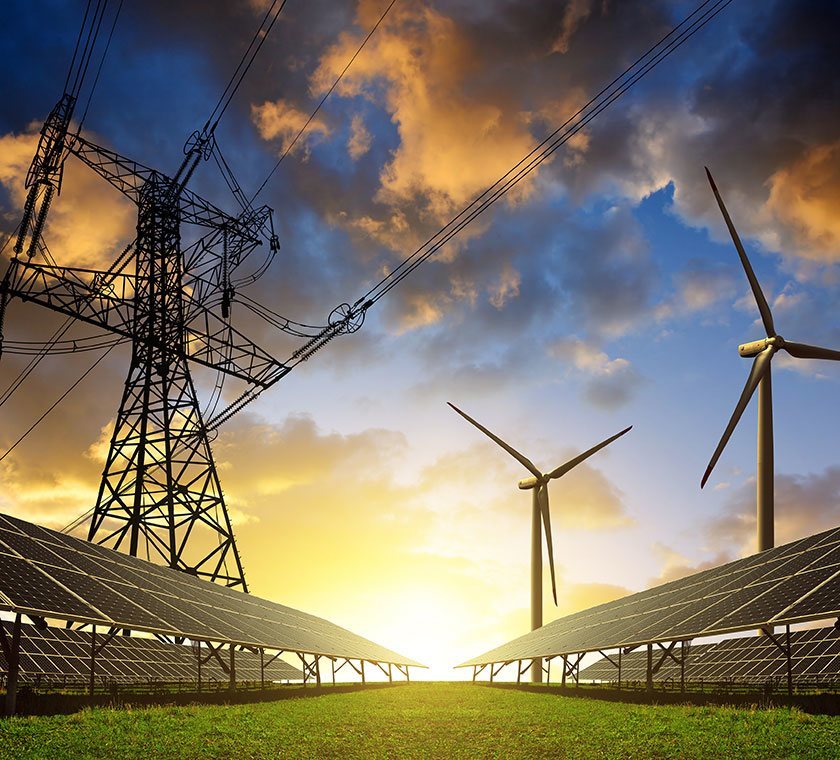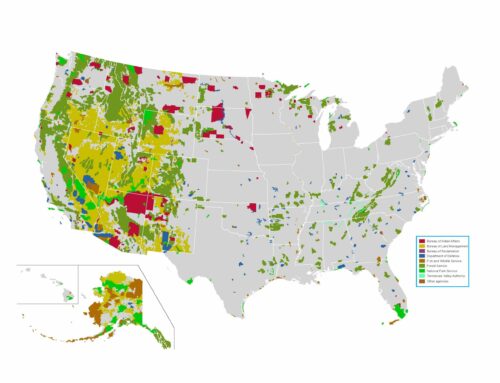by H. Sterling Burnett
The Heartland Institute
Members of the Republican congressional caucus have offered a slate of bills that would expand subsidies for and research into carbon-capture and sequestration.
Members of the Republican congressional caucus have offered a slate of bills to expand subsidies for and research into carbon-capture and sequestration.
The Republican bills do not propose carbon taxes, cap-and-trade schemes, or establish targets for reducing carbon dioxide emissions, unlike climate change bills offered by Democrats.
Capture and Sequestration
The idea behind carbon-capture and sequestration is to attach technologies and systems to fossil-fuel-powered electricity generating plants to capture their carbon dioxide emissions or remove carbon dioxide from the air and then convert it to liquid or solid form, or purify it in its gaseous state and ship it through pipeline, rail, or on trucks to be sequestered underground…
The federal government has subsidized the development and operation of carbon capture pilot projects already, and the technology has proven expensive, ineffective, unreliable, and economically unviable, says Steve Milloy, founder of JunkScience.com.
“While it is technologically possible to capture and inject carbon dioxide from smokestacks underground, the process is very expensive, diverts energy from the grid to operate the carbon capture and storage process, and can’t be accomplished on a large, utility scale,” Milloy said. “The federal government and private utilities have already wasted close to $10 billion on failed carbon capture and storage projects, with little-to-no carbon dioxide having been stored for all the money spent.
“In addition, it’s is unlikely there is enough space to store large amounts of carbon dioxide underground permanently,” Milloy said. “It has been estimated storing the carbon dioxide from just one large coal-fired power plant would require an underground area the size of the state of Maryland, and we had more than 350 coal-powered units across the United States in 2017, so where’s the carbon dioxide going to go?”






